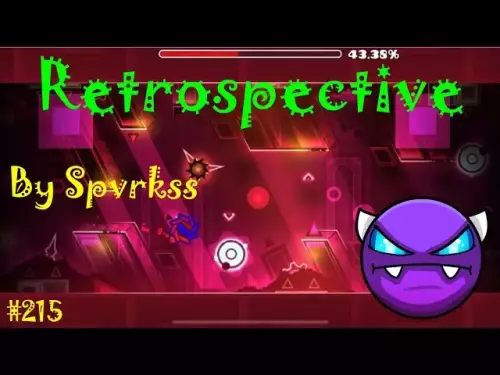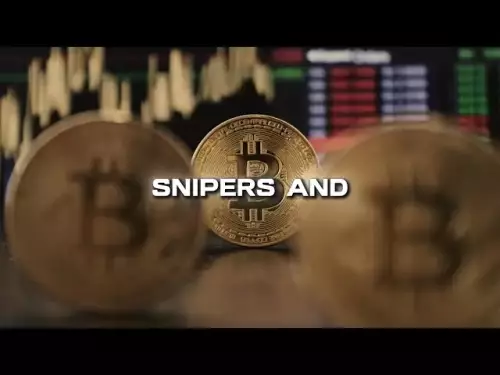-
 bitcoin
bitcoin $108183.343957 USD
1.12% -
 ethereum
ethereum $3953.318181 USD
2.13% -
 tether
tether $1.000758 USD
0.05% -
 bnb
bnb $1102.411872 USD
1.73% -
 xrp
xrp $2.377410 USD
1.30% -
 solana
solana $185.715867 USD
0.05% -
 usd-coin
usd-coin $1.000561 USD
0.08% -
 tron
tron $0.320859 USD
2.39% -
 dogecoin
dogecoin $0.194561 USD
3.07% -
 cardano
cardano $0.647327 USD
2.68% -
 hyperliquid
hyperliquid $37.310392 USD
1.96% -
 ethena-usde
ethena-usde $0.999792 USD
0.04% -
 chainlink
chainlink $17.181017 USD
2.56% -
 stellar
stellar $0.316938 USD
1.13% -
 bitcoin-cash
bitcoin-cash $472.186880 USD
1.35%
How to scan a QR code with my Exodus Wallet?
Exodus Wallet uses QR codes to securely send, receive, and verify cryptocurrency transactions with ease—always confirm details after scanning. (154 characters)
Oct 17, 2025 at 09:54 am
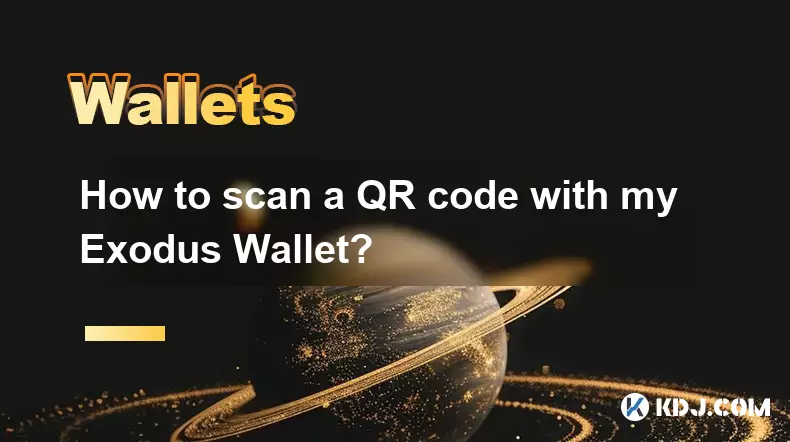
Understanding QR Codes in Exodus Wallet
1. QR codes are used extensively within the Exodus Wallet to simplify transactions and enhance user experience. These square barcodes contain encoded information such as wallet addresses, transaction amounts, and network types. By scanning a QR code, users can quickly send or receive cryptocurrency without manually entering long alphanumeric wallet addresses.
2. The Exodus Wallet supports multiple cryptocurrencies, and each has its own unique address format. When scanning a QR code, the wallet automatically detects the correct blockchain network associated with the address. This reduces the risk of sending funds to an incompatible network, which could result in permanent loss of assets.
3. Security is embedded into the QR code scanning process. The camera feed is processed locally on your device, meaning no data is transmitted externally during the scan. This ensures that sensitive information remains protected from potential interception.
4. Users should always verify the details after scanning a QR code. Even though the system is secure, visual confirmation of the recipient address and amount helps prevent errors due to corrupted or misleading codes.
Steps to Scan a QR Code in Exodus Wallet
1. Open the Exodus Wallet application on your mobile device. Ensure you are logged in and have access to your portfolio dashboard. The interface is designed for intuitive navigation, making it easy to locate essential features like the scanner.
2. Tap on the “Send” button located on the main screen if you intend to transfer funds. Alternatively, tap “Receive” if someone is sending you cryptocurrency. Both options provide access to the QR scanner but serve different transaction directions.
3. Once in the Send or Receive section, locate the camera icon usually positioned near the address input field. Tapping this icon activates the built-in QR code scanner powered by your phone’s rear camera.
4. Position your device so that the QR code appears fully within the scanning frame displayed on your screen. The app will automatically detect and decode the information once the alignment is correct. Avoid shaky movements or poor lighting conditions for faster recognition.
5. After successful scanning, the wallet populates the relevant fields—such as recipient address or amount—with the decoded data. Review all details carefully before confirming the transaction to avoid irreversible mistakes.Troubleshooting Common Scanning Issues
1. If the scanner fails to recognize a QR code, check the camera lens for smudges or dirt. A clean lens improves image clarity and scanning accuracy. Also, ensure sufficient ambient light is available when scanning in dim environments.
2. Some QR codes may be outdated or generated incorrectly by third-party services. In such cases, request a new QR code from the sender or generate one directly within the Exodus Wallet to maintain compatibility.
3. Ensure that location services and camera permissions are enabled for the Exodus app in your device settings. Without proper permissions, the camera cannot activate, preventing any scanning attempts.4. Restarting the Exodus application can resolve temporary glitches affecting the scanner. Close the app completely and relaunch it before trying again. Persistent issues might require reinstalling the app or updating to the latest version.
Security Best Practices When Using QR Codes
1. Always double-check the destination address after scanning, especially when dealing with large sums. Malicious actors have been known to replace legitimate QR codes with fake ones in public spaces or online platforms.
2. Avoid scanning QR codes from untrusted sources such as random websites, social media messages, or physical stickers placed in public areas. These could redirect funds to attacker-controlled wallets.
3. Use the Exodus Wallet’s built-in QR generator when receiving payments. This allows you to display your own verified code instead of relying on external inputs, minimizing exposure to tampering.
4. Keep your device’s operating system and the Exodus Wallet app updated. Developers frequently release patches that improve security, including enhancements related to QR code handling and camera integration.Frequently Asked Questions
Can I scan a QR code to receive multiple cryptocurrencies at once?Exodus Wallet generates separate QR codes for each cryptocurrency. You must select the specific asset you wish to receive before displaying the QR code. A single code only corresponds to one blockchain address and cannot accept multiple currencies simultaneously.
What should I do if the scanned QR code shows the wrong amount?The amount encoded in a QR code is set by the sender. If the value appears incorrect, contact the sender immediately and ask them to generate a corrected QR code. Never proceed with a transaction if the amount seems inaccurate.
Is it safe to let someone else scan my Exodus Wallet QR code?Yes, allowing others to scan your Receive QR code is safe because it only reveals your public address. It does not grant access to your private keys or funds. However, only share your QR code with trusted parties to avoid unsolicited transactions.
Does Exodus support scanning paper wallets via QR code?Exodus Wallet does not support importing private keys from paper wallets. While it can scan QR codes containing public addresses, it cannot extract or import secret recovery phrases or private keys encoded in QR format.
Disclaimer:info@kdj.com
The information provided is not trading advice. kdj.com does not assume any responsibility for any investments made based on the information provided in this article. Cryptocurrencies are highly volatile and it is highly recommended that you invest with caution after thorough research!
If you believe that the content used on this website infringes your copyright, please contact us immediately (info@kdj.com) and we will delete it promptly.
- CZ's Meme Coin Scam Alert: Verified Accounts Under Fire
- 2025-10-21 00:45:17
- BlockDAG: Redefining Crypto Freedom Beyond Speculation
- 2025-10-21 01:25:16
- LILPEPE: Your Guide to Buying the Next Big Meme Coin Online (and Why You Should)
- 2025-10-21 01:05:12
- ROHAN 2: Global Hit Reaches 55,000 Simultaneous Players!
- 2025-10-21 00:45:17
- Hedera (HBAR) Price This Week: Will the Recovery Hold?
- 2025-10-21 00:50:01
- BlockDAG, Price Momentum, and Binance Coin: A Crypto Trio Dominating 2025
- 2025-10-21 01:45:12
Related knowledge
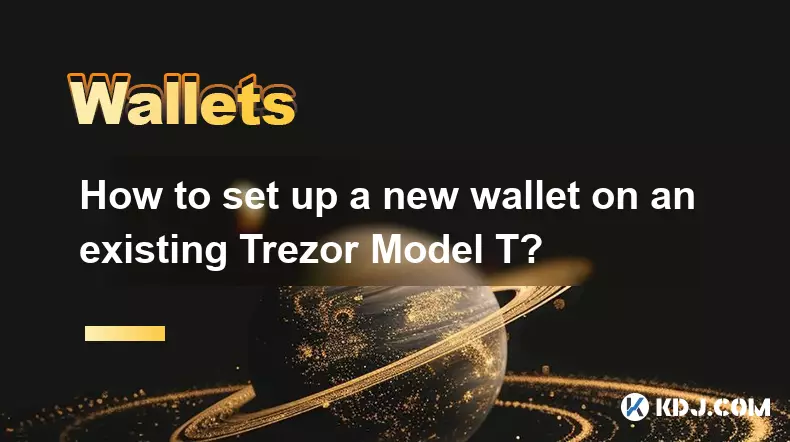
How to set up a new wallet on an existing Trezor Model T?
Oct 20,2025 at 12:36am
Initializing a New Wallet on Your Trezor Model T1. Connect your Trezor Model T to your computer using the provided USB cable. Ensure that the device i...
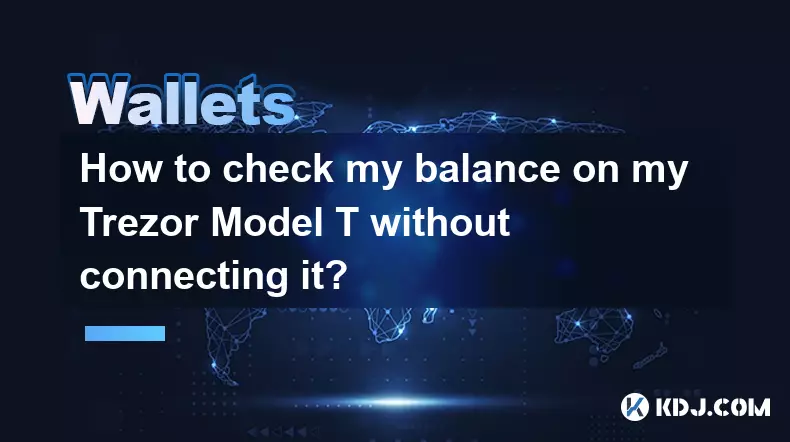
How to check my balance on my Trezor Model T without connecting it?
Oct 20,2025 at 11:00pm
Understanding Trezor Model T and Wallet Functionality1. The Trezor Model T is a hardware wallet designed to store cryptocurrencies securely offline. I...
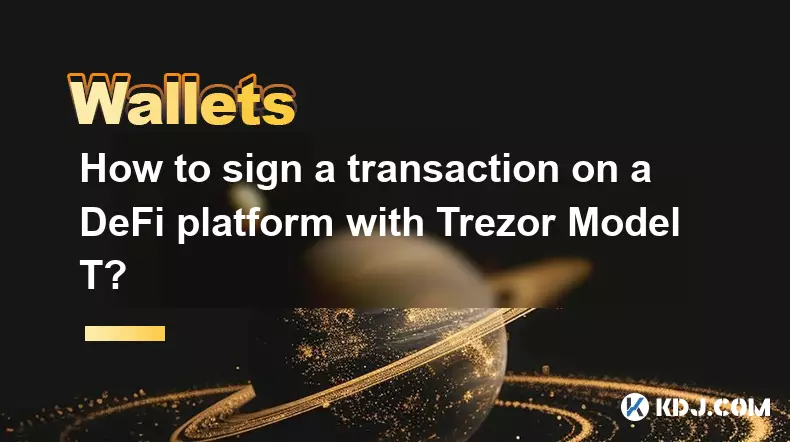
How to sign a transaction on a DeFi platform with Trezor Model T?
Oct 19,2025 at 05:00pm
Understanding the Role of Liquidity Pools in Decentralized Finance1. Liquidity pools are foundational components within decentralized exchanges (DEXs)...
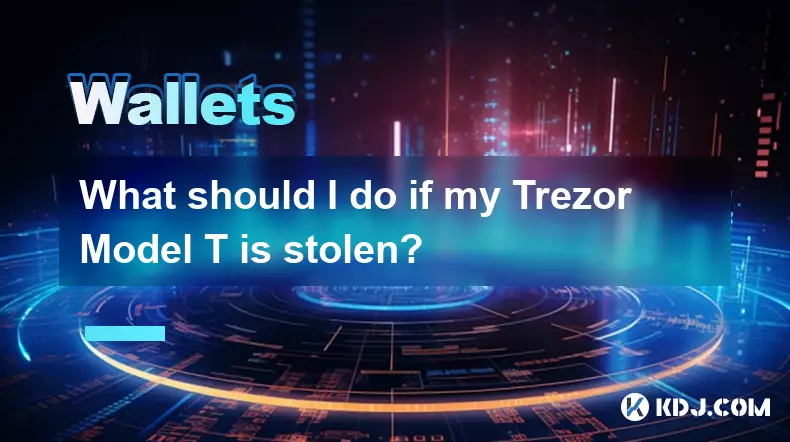
What should I do if my Trezor Model T is stolen?
Oct 20,2025 at 02:54pm
Immediate Steps to Take After Your Trezor Model T Is Stolen1. Secure your recovery seed immediately. The thief may have physical access to your device...
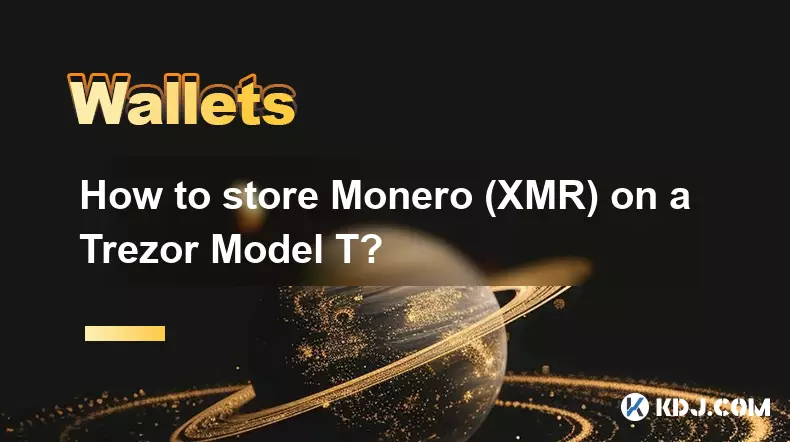
How to store Monero (XMR) on a Trezor Model T?
Oct 19,2025 at 09:55am
Understanding the Role of Liquidity Pools in Decentralized Finance1. Liquidity pools are foundational elements within decentralized exchanges (DEXs), ...

What is coin control on the Trezor Model T and how do I use it?
Oct 20,2025 at 09:54am
Coin Control on the Trezor Model T: An Essential Feature for Advanced Users1. Coin control refers to the ability to manually select specific transacti...

How to set up a new wallet on an existing Trezor Model T?
Oct 20,2025 at 12:36am
Initializing a New Wallet on Your Trezor Model T1. Connect your Trezor Model T to your computer using the provided USB cable. Ensure that the device i...

How to check my balance on my Trezor Model T without connecting it?
Oct 20,2025 at 11:00pm
Understanding Trezor Model T and Wallet Functionality1. The Trezor Model T is a hardware wallet designed to store cryptocurrencies securely offline. I...

How to sign a transaction on a DeFi platform with Trezor Model T?
Oct 19,2025 at 05:00pm
Understanding the Role of Liquidity Pools in Decentralized Finance1. Liquidity pools are foundational components within decentralized exchanges (DEXs)...

What should I do if my Trezor Model T is stolen?
Oct 20,2025 at 02:54pm
Immediate Steps to Take After Your Trezor Model T Is Stolen1. Secure your recovery seed immediately. The thief may have physical access to your device...

How to store Monero (XMR) on a Trezor Model T?
Oct 19,2025 at 09:55am
Understanding the Role of Liquidity Pools in Decentralized Finance1. Liquidity pools are foundational elements within decentralized exchanges (DEXs), ...

What is coin control on the Trezor Model T and how do I use it?
Oct 20,2025 at 09:54am
Coin Control on the Trezor Model T: An Essential Feature for Advanced Users1. Coin control refers to the ability to manually select specific transacti...
See all articles























